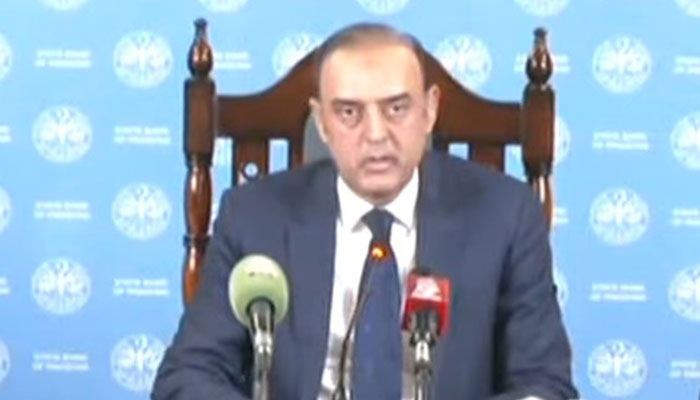SBP cuts key policy rate by 100bps to 12% on tame inflation


The State Bank of Pakistan (SBP) cut its key policy rate by 100 basis points to 12% on Monday, the governor told reporters, for a sixth straight reduction since June as the country attempts to revive business and economic sentiment amid easing inflation.
The central bank has slashed rates by 1,000bps from an all-time high of 22% in June 2024, in one of the most aggressive moves among central banks in emerging markets and topping the 625bps in rate cuts it did in 2020 during the COVID-19 pandemic.
The central bank in a statement said the Monetary Policy Committee (MPC) noted that inflation continued to trend downward in line with expectations, reaching 4.1% year-on-year in December.
“This trend is driven by moderate domestic demand conditions and supportive supply-side dynamics, amidst favorable base effect,” the SBP said in its statement.
It said the Inflation was expected to come down further in January before inching up in the subsequent months, noting that core inflation, while continuing to ease, was still at an elevated level.
“At the same time, high frequency indicators continued to show gradual improvement in economic activity,” it added.
The MPC assessed that the impact of the significant reduction by 1,000 bps in the policy rate since June 2024 will continue to unfold and further support economic activity, according to the statement.
Pakistan’s economy grew by 0.92% in the first quarter of the fiscal year 2024-25 which ends in June, according to data approved by the National Accounts Committee, and released by its Statistics Bureau in December.
Fourteen of 15 analysts surveyed by Reuters expected the central bank to cut its key rate by at least 100 bps mainly due to a drop in inflation.
Pakistan’s consumer inflation rate slowed to an over 6-1/2-year low of 4.1% in December, largely due to a high year-ago base. That was below the government’s forecast and significantly lower than a multi-decade high of around 40% in May 2023.
This is a developing story and is being updated with further details.



